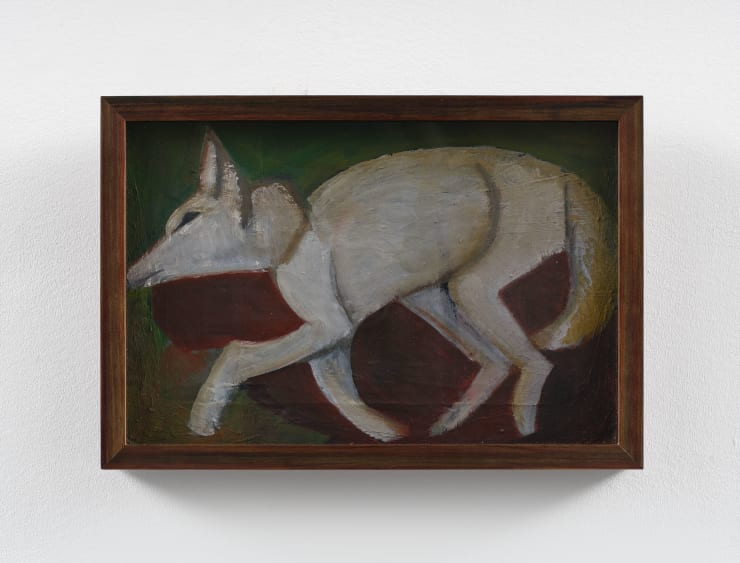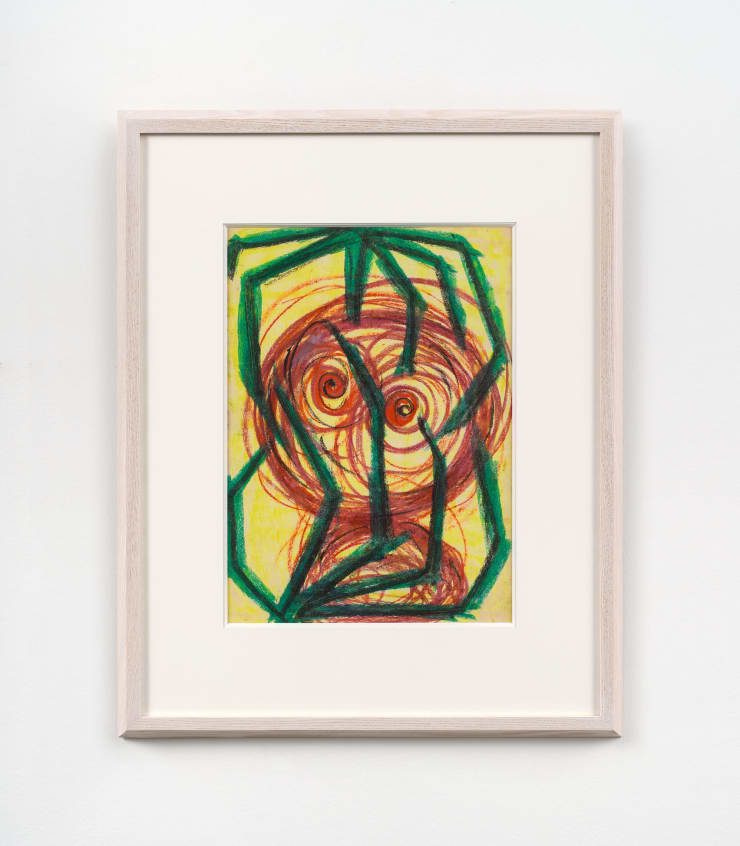Saori (Madokoro) Akutagawa
Saori (Madokoro) Akutagawa (1924 – 1966) made her first professional appearance as an artist in 1954 at the 6th Japan Independent Exhibition; a year later the artist was feted with the newcomer award at Nika Association and effectively launched publicly, a rare and rapid rise for a woman even in burgeoning egalitarian post-war Japan. Akutagawa was singled out among both critics and influential artists - Shuzo Takiguchi, Taro Okamoto, Art Life Magazine among others - throughout her career, and was the subject of several posthumous exhibitions and articles in Japan, upon her untimely death in 1966.
Social, political and economic shifts in Japan during Akutagawa’s tenure as an artist made for dramatic effect on women and paved the way for this married, mother of two, to forge an independent orbit that proved dynamic amongst those of her contemporaries. In 1955, The Mexican Art Exhibition at Tokyo National Museum generated mounting interest among artists and the public alike, and initiated what was referred to as “Mexico Boom” for the illustrious political and nationalist muralists Rivera, Siqueiros and Orozco, yet it was Rufino Tamayo who became especially influential on Akutagawa. Rufino and Akutagawa shared a keen interest in European modernist models as formed by Cubism, Dada and Surrealism and both drew liberally on their own country’s folklore and myth, historic symbolism and iconography. While Akutagawa trained in batik practice with Michikata Noguchi, the impact of Tamayo - now seen in person, and studied eagerly in publications – cemented a visual language dense with demonstrative graphic gestures and a fierce palette coupled with a commitment to traditional craft and experimental, unconventional techniques.
In 1959 Akutagawa arrived in Los Angeles and enrolled in graphic design classes at Art Center. She traveled to New York the following year and studied oil painting at the Art Students League with Will Barnet, participating in the 14th Women Artist Association Japan-U.S. Exchange Exhibition at Riverside Museum with Yuki Katsura, Takaei Murao, and Yayoi Kusama. Enthused by this new chapter, Akutagawa embraced abstract oil painting, reducing her biomorphic narratives into increasingly geometric compositions, using a minimal palette reminiscent of Russian Constructivist interests from a decade earlier. In 1962 Akutagawa returned to Japan where she continued to work and exhibit this new body of work extensively until her death four years later.



















